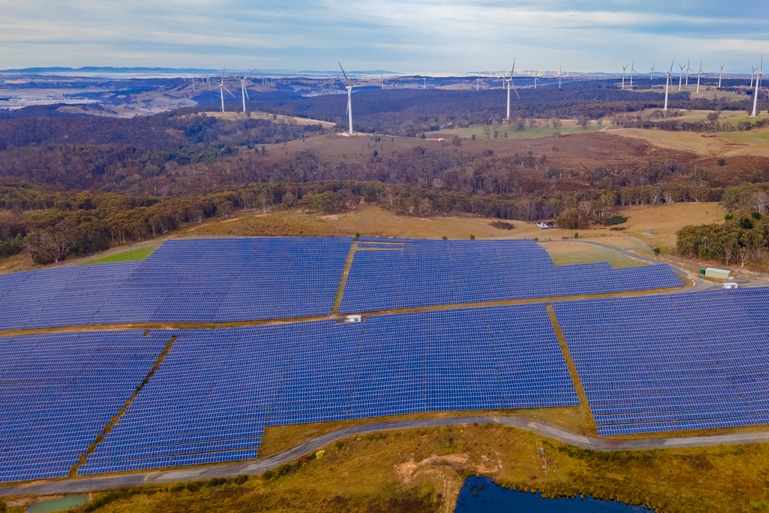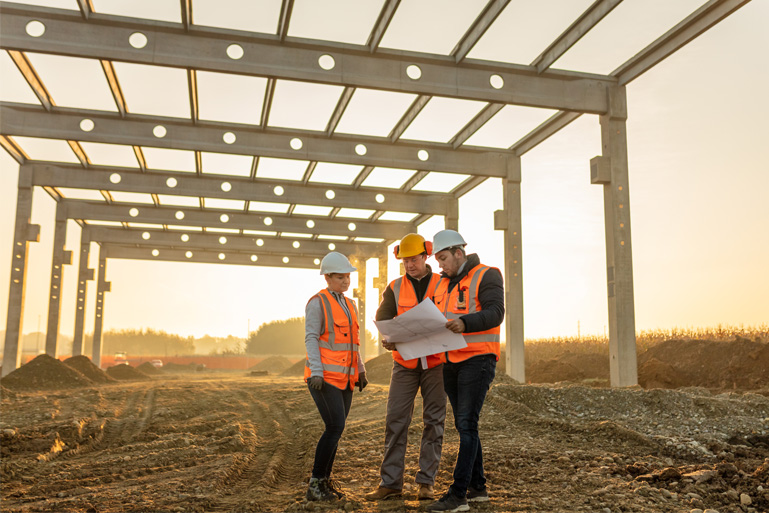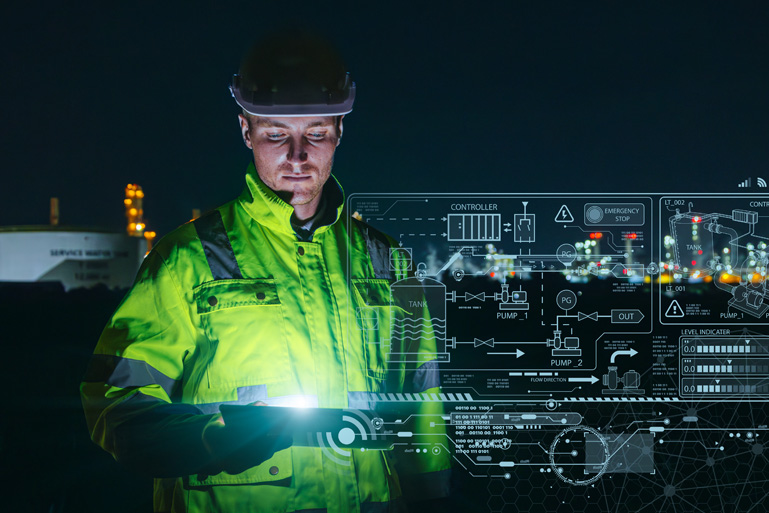As coal plants shut & electricity demand grows, engineers are key to stable supply as we shift to renewables. We need urgent expertise & innovation.
Voice of Verve insight by Lotte Baker | Verve Engineering Specialist
As coal plants shut and demand for electricity grows, engineers are key to keeping supply stable during the transition to renewables. Our engineering recruitment expert, Lotte Baker, says we need urgent expertise and innovation.
The transition to switch from coal-powered to renewable energy is a technical, logistical and infrastructure challenge, and engineers are critical to maintaining a stable energy supply.
Coal plant closures and demand growing
Coal currently supplies 60-70% of our electricity. When AGL’s Liddell power station closed in April 2023, we lost 1.6 GW of capacity.
Meanwhile, demand is growing due to population growth and electrification. Peak demand, particularly during heatwaves, is vulnerable to supply shortfalls if replacement capacity isn’t ready.
Renewable energy and infrastructure
To facilitate the transition, the NSW Electricity Infrastructure Roadmap is focusing on renewable energy, mainly solar and wind through Renewable Energy Zones (REZ).
These zones, like Central-West Orana and New England, will replace the capacity lost from coal plant closures. They’ll feed into the grid via substations like Bayswater.
But building renewable capacity is only part of the solution. New transmission infrastructure or upgrades are needed to transport electricity from remote REZs to demand centres.
To aid this, the Hunter Transmission Project will connect Bayswater to Eraring Power Station to get energy to high-demand areas.
Challenges in storage and transmission
Another challenge is that our grid was built for centralised coal generation, not for the distributed nature of renewables. This requires significant upgrades to handle the variable output of solar and wind.
Large-scale storage solutions like batteries and pumped hydro are critical for grid stability. The Waratah Super Battery with 700 MW capacity will help stabilise supply. But projects like Snowy 2.0, which will provide 2 GW of storage, are delayed and that’s a concern for timing.
Fixing the shortages
With Eraring closing by 2025 and Snowy 2.0 delayed, we’re at risk of supply shortfalls. To close the gap, several options are being proposed:
- Speed up transmission construction – Fast-track the construction of new lines and substations to handle increased loads and renewable variability.
- Expand storage solutions – Invest in different storage technologies like lithium-ion batteries, flow batteries and thermal energy storage.
- Demand side management – Use smart grid technologies and dynamic pricing to shift energy use away from peak times and reduce grid strain.
Engineers for the future
Our transition to renewable energy presents both challenges and opportunities for engineers. The energy sector urgently needs mechanical, electrical and civil engineers with expertise in energy systems and large-scale projects.
Engaging with these developments is vital for building a resilient and sustainable energy grid.





